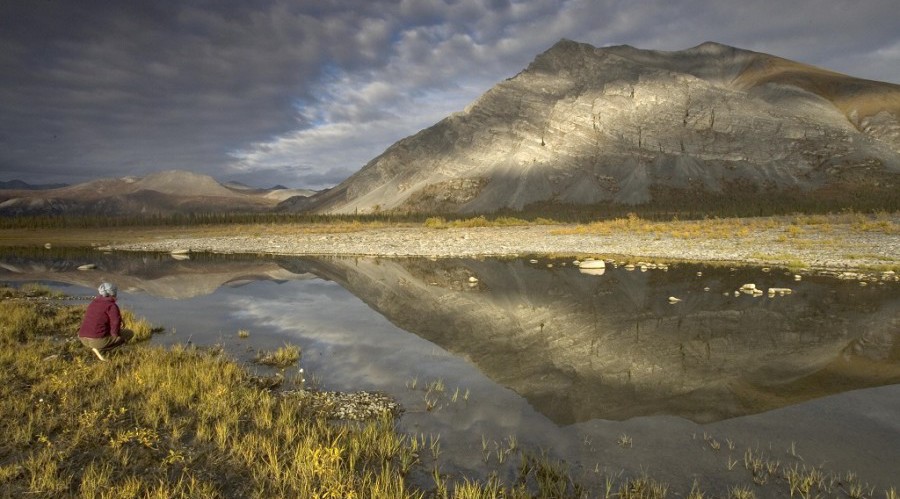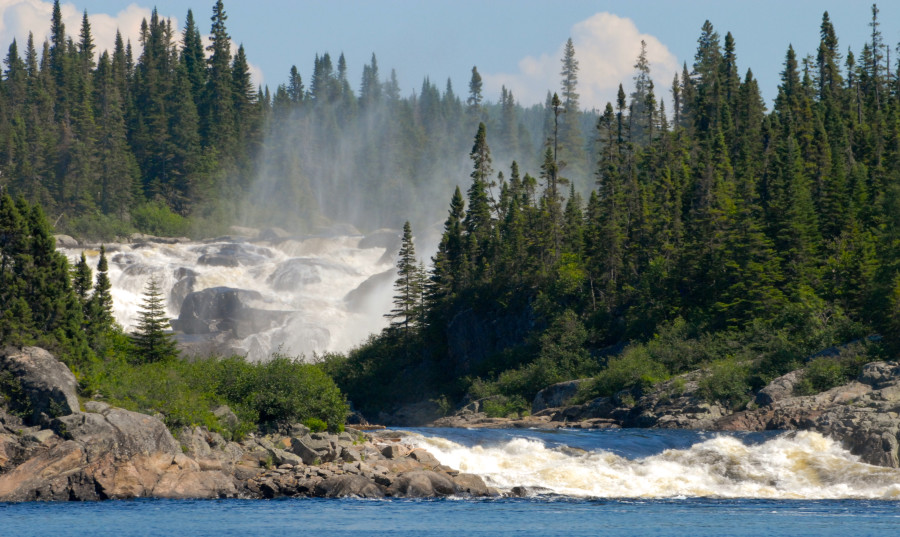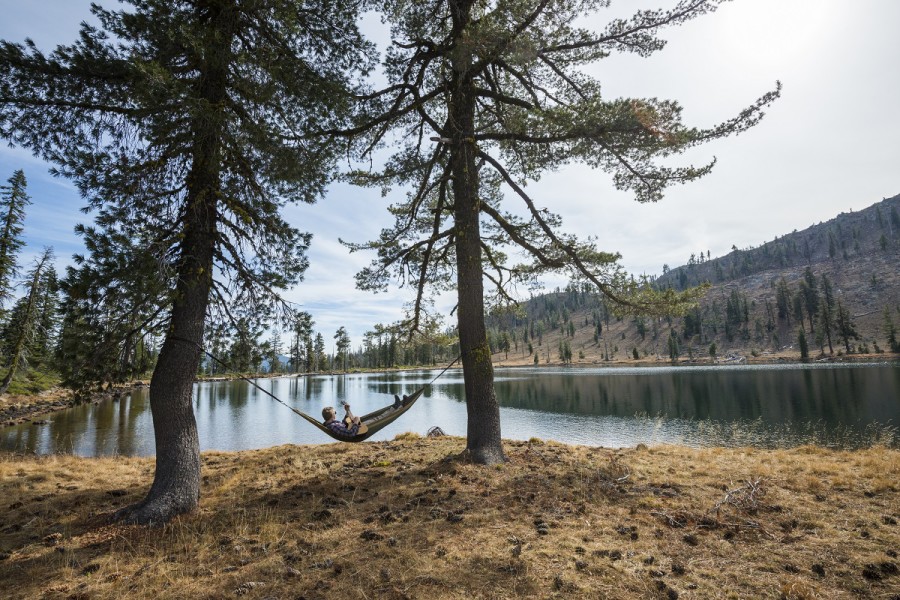
President Trump’s unprecedented review of National Monuments has dominated our communications this year, and for good reason. We invested a lot of our members’ funds in efforts to secure many of these monument designations. But, preserving our existing National Monuments is only part of our conservation agenda. We take a defensive stance when necessary, but our top priority has always been to secure new protections for special wild places. And that’s exactly what we’re doing concurrently with our defensive efforts on National Monuments. Here’s a snapshot of what we’ll be working on for the remainder of 2017 and into 2018.
- Conservation Legislation: Members of Congress have introduced 11 separate bills that would secure new Wilderness, National Monument, and Wild and Scenic River designations, and put special places off limits to any mining activity. These bills would permanently protect special wildlands in Washington, Oregon, Montana, New Mexico, Tennessee, California, Arizona, and Alaska. We expect additional legislation to be introduced this year that would preserve Wilderness and rivers in Colorado, Idaho, and California. We are excited to see that two of these bills – protecting 20,000 acres of Wilderness in Tennessee and 100,000 acres of steelhead habitat in Oregon – are included in a bipartisan Energy and Natural Resources bill, which has already had a hearing in the Senate.
- Land and Water Conservation Fund: That same package of Energy and Natural Resources bills includes a provision that would permanently reauthorize the Land and Water Conservation Fund, which is set to expire in 2018.
- Federal Land Management Planning: Despite the chaos in Washington, DC, our land managing agencies – the Forest Service and BLM – continue to develop new plans for the lands under their management. This management planning is open to the public, and provides an opportunity for our grantees and their supporters to influence how those lands are managed for the life of that plan, usually 20-25 years. Our funding is supporting organizations working to secure new protections through management plans in North Carolina, New Mexico, Colorado, Oregon, Maine, Montana, and California.
- Private Land Acquisition: With dysfunction in Congress and a White House hostile to conservation, we have invested more of our funding in private land acquisitions. These projects generally do not rely on action from Congress or the White House, and give us the opportunity to support meaningful conservation until the politics for conservation improve. We are monitoring acquisition efforts nationwide. Please check out our grants page for a summary of these exciting efforts.
- Oh Canada!: The Conservation Alliance funds projects throughout North America, which gives us the latitude to support exciting conservation work in Canada where there is less political resistance to protecting land and waters. Our grants are at work to protect the Peel River Watershed in the Yukon Territories (14 million acres), Thaidene Nene in Northwest Territories (7.4 million acres), the Magpie River Watershed in Quebec (400,000 acres), the Bay of Fundy in New Brunswick, and the Bighorn Wildland in Alberta (2.7 million acres), and the Flathead Valley in British Columbia (100,000 acres). The landscape-scale protection opportunities in Canada are huge, and we are excited to help these projects cross the finish line.
- Arctic National Wildlife Refuge: Our new National Monuments are not the only places that are under attack from Congress and a willing Trump Administration. The Arctic National Wildlife Refuge is once again in the crosshairs as members of Congress seek to open the Refuge’s embattled Coastal Plain to oil drilling. Before the end of 2017, we expect Congress to include Arctic drilling in the complicated budgeting process, which requires only 51 Senate votes to pass. We will work with our member companies to urge Congress to keep the Arctic drilling proposal out of the budgeting process.
As you can see, we are busy on many fronts, challenging efforts to remove protections for special wild places, while supporting efforts to secure new protections. As always, we thank all of our members for participating in these efforts. Together, we are committed to Keeping it Wild!



